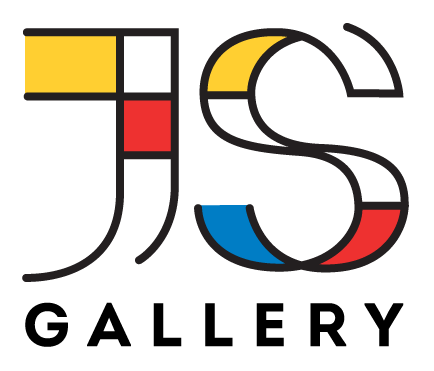PUBLICATIONS
Interview with Julia Sysalova & Eva Maragaki
May 1, 2025
When a news story becomes art, and art reshapes reality, a new project is born: Frontpage: Next. This groundbreaking curatorial initiative boldly brings questions of imagery, communication, collective memory, and the influence of the front page—beyond paper—into the public realm.
When a news story becomes art, and art reshapes reality, a new project is born: Frontpage: Next. This groundbreaking curatorial initiative boldly brings questions of imagery, communication, collective memory, and the influence of the front page—beyond paper—into the public realm.
At the heart of the project are two women with unique career paths and a shared vision: Eva Maragaki, curator and Director of AxionArt, and Julia Sysalova, curator and art critic—member of the International Association of Art Critics, Academic of the European Institute of Communications, and Vice President of the Institute of Mediterranean Culture.
Ahead of the new phase of the project, taking place May 2–11 in the historic “Melina” building of Athens City Hall, they spoke with us about art as a field of thought, the challenges of co-creation, innovations in artistic reinterpretation of news, and the future of this expanding project.
Ahead of the new phase of the project, taking place May 2–11 in the historic “Melina” building of Athens City Hall, they spoke with us about art as a field of thought, the challenges of co-creation, innovations in artistic reinterpretation of news, and the future of this expanding project.
How did the idea for Frontpage originate, and what did you feel when you saw the exhibition in the magnificent Melina Mercouri building—now a symbol of arts and cultural communication in Athens?
Eva Maragaki:
The idea behind Frontpage came from a desire to explore new forms of collaboration between artists and other influential social groups, united by communication as a core element. We asked ourselves: how can “news”—the front page, that compressed form of information shaping opinions—meet contemporary artistic thought? What can emerge from such a meeting?
These kinds of synergies require research and experimentation. For me, this was both a creative and curatorial challenge. Obviously, it takes a strong team and reliable partners to bring it to life. Collaboration with the European Institute of Communications and Marios Notas’s team—experts in communications and technology—was the catalyst. And I must highlight my co-curator and art critic, Julia Sysalova.
Key institutions like the Athens News Agency (ANA-MPA), the European Parliament’s office in Greece, and several media organizations backed the project. From the initial idea—connecting artists, journalists, and media professionals—a dynamic exchange of thoughts and ideas emerged, inspiring me and my colleagues.
Two years ago, we held the first Frontpage exhibition in the historic Melina building with strong support from Athens City Hall, and it was very successful. But frankly, Frontpage is not just an exhibition—it’s a living space where art meets relevance, society, and public discourse. It’s an evolving project, a space of questions that we are all called to explore. After all, news and information shape how we live, exist, and think.
The project brings together many participants and layers of interaction. How does that influence your perception and approach?
Julia Sysalova:
Co-creation dismantles monolithic forms of perception. Eva and I base our curatorial approach on real, lived experiences of interaction. We begin to see multiplicity and embrace differences as the norm.
For a curator, this is invaluable: you’re not just presenting your own vision but expanding your worldview through engagement with others. In Frontpage, the curator isn’t a directive voice; they’re an orchestrator of a field of thought where multiple perspectives intersect and coexist.
That’s why we invite both established galleries and universities training the next generation of artists. We work with political entities and leading media. When artists, curators, journalists, and students collaborate, hierarchy dissolves and networked thinking emerges—each participant brings meaning.
Thanks to the European Institute of Communications and Marios Notas, our dialogue has become even more vibrant and enriched—benefiting us, the audience, and the project itself.
How many sleepless nights and how much effort did it take to transform this from a successful event into a fully formed narrative?
Eva Maragaki:
A project isn’t only theory—it’s total immersion at every stage. Endless tension and sheer will on the part of the entire team. Frontpage was never “just an art project.” It’s the result of countless discussions, searches for new forms of collaboration and expression—all of which demand energy, persistence, and constant internal activation.
What started as a concept for an art-meets-current-events space has grown into a collective narrative filled with diverse voices and perspectives. We managed to say something truly meaningful.
That’s why we’re returning with Frontpage: Next—an expanded contemporary art exhibition featuring symposia, parallel events with prominent artists from Greece and abroad, and academic participation. With universities now involved, the dialogue gains even richer nuance.
Frontpage: Next not only adds new creative impetus, but also investigates how communication itself can become a space for artistic understanding, reflection, and collective thinking.
Do you agree with Picasso’s famous quote that “Art washes away from the soul the dust of everyday life”?
Julia Sysalova:
Absolutely. It’s one of the most precise definitions of art. But like any living entity, art evolves. Today, it doesn’t merely “cleanse”; it sharpens perception, reveals the inner structure of the world, and pulls us out of indifference.
In an era oversaturated with visual information, art stops being a solace—it becomes a space of awareness where the artist functions as a filter, as an editor of reality. They disrupt automatic perception, shake us awake, reassemble our inner world.
The artist is no longer seeking inspiration in silence: they stand at the eye of the storm, transforming chaos into visual metaphor, using fragments, irony, hybrid media to capture what usually escapes the eye.
This is exactly the role we embrace in Frontpage: Next—when artists "rewrite" the news, cleansing not only perception but reality itself from manipulation.
What’s new this year in Frontpage: Next compared to the previous edition?
Julia Sysalova:
The key innovation this year is the emphasis on image as the language of the news. In the original Frontpage project, the front page isn’t about text—it’s about image, not about fact but its interpretation.
Frontpage: Next is not a final statement but a real-time exploration featuring both established artists and art students. We intentionally bring them into one dialogue to dismantle hierarchies and enrich meaning. This is an open process—there are no fixed answers; new knowledge emerges, empowering the viewer not as a consumer, but as a collaborator.
The news transforms into an artistic event, and the artistic event becomes a socio-communicative act. We’re creating an environment where visual storytelling isn’t just depicting events, but a collectively evolving field of thought. The image functions as a message, artists work with news as raw material, and viewers become co-creators. This is an artistic space where thought itself is the subject.
What was the hardest moment in this exciting journey, and how did it transform you personally and professionally?
Eva Maragaki:
Perhaps the hardest part was bringing the initial concept into reality. Moving from idea to practice, with all the technical and organizational challenges inherent in large-scale projects, is daunting.
Coordinating numerous people, roles, and perspectives—while maintaining artistic coherence—was a real test. But this complexity awakened in me a deeper understanding of what collective work truly means: listening, adapting, building on others’ ideas.
As an art professional, I was reminded that art is born not only from inspiration, but from labor, organization, interaction, and resilience. And it has been an immense pleasure to witness the creative process unfold and to engage in endlessly inspiring conversations with artists.
Our time is marked by cruelty, permissiveness, and excess. Can art serve as an invisible brake—an intellectual slowdown amid the rush of everyday life?
Eva Maragaki:
In an era permeated by speed, chaos, and unending stimuli, art—as a carrier of meaning and aesthetic transcendence—truly acts as an invisible brake. It creates space for reflection and reassessment.
It's not merely expression—it’s resistance, an internal brake against external madness. Art gives meaning to the fleeting and encourages people to pause, feel, and think.
Art, culture, front pages, and digital literacy... Do you think we’ll eventually abandon physical media and move fully into the metaverse, including in art?
Julia Sysalova:
I’m convinced that we’re not looking at abandonment—but integration. It’s not an end, but a new turn in the evolution of language.
Physical art objects are now one of many forms of artistic expression. We’re not rejecting them; we're learning to coexist with the digital—physical works and their digital counterparts strengthen each other.
Even if art loses materiality, it doesn’t vanish—it transforms into a new mode of thinking. The front page as a metaphor for visual dominance can now be printed or holographic—the metaverse is not an alternative reality but a projection of it. A paradoxical mirror, a modern “Plato’s Cave,” where even shadows become news.
That’s why the “front page” is no longer tied to paper—it embodies the symbolic power of the image. In this mirror, it’s vital not to lose our sense of form, critical vision, and what I call visual ethics. Art teaches us to distinguish the real within layered complexity.
Art and war… Can art influence war? Please give examples.
Julia Sysalova:
Art doesn’t stop wars, but it shapes memory—and in doing so, it influences how wars are understood in the future. In Frontpage: Next, there are works directly addressing conflicts and collective trauma—where the artistic gesture becomes anthropological testimony.
The artist becomes the chronicler of their time, documenting events in real time. They don’t speak from a place of victimhood, but as observers: analyzing, interpreting. It’s not just visual commentary—it’s an ethical act.
Each of us brings our “news” to the public sphere. And the form it takes determines our shared future.
From Athens—to Cyprus, then to Vienna… what’s next? Let us peek into your suitcase!
Eva Maragaki:
Yes, in essence, Frontpage: Next is already Phase Three of the initiative. Last year, we collaborated with the Cyprus University of Technology in Limassol, presenting a joint exhibition with Greek and Cypriot artists—it was a wonderful collaboration that continues here in Athens.
Next up: Vienna, where Central European artists will participate. I believe that creating and managing an international project like this will guide our next steps.
Ultimately, Frontpage is not a static idea—it’s a journey in motion… stay with us!
Lena Kiropoulos
BCI Media journalist, member of the Association of European Journalists
BCI Media Original Article Title:
Όταν η είδηση μετατρέπεται σε τέχνη και η τέχνη επανερμηνεύει την πραγματικότητα, γεννιέται το Frontpage Next – BCI 24 News Network
Eva Maragaki:
The idea behind Frontpage came from a desire to explore new forms of collaboration between artists and other influential social groups, united by communication as a core element. We asked ourselves: how can “news”—the front page, that compressed form of information shaping opinions—meet contemporary artistic thought? What can emerge from such a meeting?
These kinds of synergies require research and experimentation. For me, this was both a creative and curatorial challenge. Obviously, it takes a strong team and reliable partners to bring it to life. Collaboration with the European Institute of Communications and Marios Notas’s team—experts in communications and technology—was the catalyst. And I must highlight my co-curator and art critic, Julia Sysalova.
Key institutions like the Athens News Agency (ANA-MPA), the European Parliament’s office in Greece, and several media organizations backed the project. From the initial idea—connecting artists, journalists, and media professionals—a dynamic exchange of thoughts and ideas emerged, inspiring me and my colleagues.
Two years ago, we held the first Frontpage exhibition in the historic Melina building with strong support from Athens City Hall, and it was very successful. But frankly, Frontpage is not just an exhibition—it’s a living space where art meets relevance, society, and public discourse. It’s an evolving project, a space of questions that we are all called to explore. After all, news and information shape how we live, exist, and think.
The project brings together many participants and layers of interaction. How does that influence your perception and approach?
Julia Sysalova:
Co-creation dismantles monolithic forms of perception. Eva and I base our curatorial approach on real, lived experiences of interaction. We begin to see multiplicity and embrace differences as the norm.
For a curator, this is invaluable: you’re not just presenting your own vision but expanding your worldview through engagement with others. In Frontpage, the curator isn’t a directive voice; they’re an orchestrator of a field of thought where multiple perspectives intersect and coexist.
That’s why we invite both established galleries and universities training the next generation of artists. We work with political entities and leading media. When artists, curators, journalists, and students collaborate, hierarchy dissolves and networked thinking emerges—each participant brings meaning.
Thanks to the European Institute of Communications and Marios Notas, our dialogue has become even more vibrant and enriched—benefiting us, the audience, and the project itself.
How many sleepless nights and how much effort did it take to transform this from a successful event into a fully formed narrative?
Eva Maragaki:
A project isn’t only theory—it’s total immersion at every stage. Endless tension and sheer will on the part of the entire team. Frontpage was never “just an art project.” It’s the result of countless discussions, searches for new forms of collaboration and expression—all of which demand energy, persistence, and constant internal activation.
What started as a concept for an art-meets-current-events space has grown into a collective narrative filled with diverse voices and perspectives. We managed to say something truly meaningful.
That’s why we’re returning with Frontpage: Next—an expanded contemporary art exhibition featuring symposia, parallel events with prominent artists from Greece and abroad, and academic participation. With universities now involved, the dialogue gains even richer nuance.
Frontpage: Next not only adds new creative impetus, but also investigates how communication itself can become a space for artistic understanding, reflection, and collective thinking.
Do you agree with Picasso’s famous quote that “Art washes away from the soul the dust of everyday life”?
Julia Sysalova:
Absolutely. It’s one of the most precise definitions of art. But like any living entity, art evolves. Today, it doesn’t merely “cleanse”; it sharpens perception, reveals the inner structure of the world, and pulls us out of indifference.
In an era oversaturated with visual information, art stops being a solace—it becomes a space of awareness where the artist functions as a filter, as an editor of reality. They disrupt automatic perception, shake us awake, reassemble our inner world.
The artist is no longer seeking inspiration in silence: they stand at the eye of the storm, transforming chaos into visual metaphor, using fragments, irony, hybrid media to capture what usually escapes the eye.
This is exactly the role we embrace in Frontpage: Next—when artists "rewrite" the news, cleansing not only perception but reality itself from manipulation.
What’s new this year in Frontpage: Next compared to the previous edition?
Julia Sysalova:
The key innovation this year is the emphasis on image as the language of the news. In the original Frontpage project, the front page isn’t about text—it’s about image, not about fact but its interpretation.
Frontpage: Next is not a final statement but a real-time exploration featuring both established artists and art students. We intentionally bring them into one dialogue to dismantle hierarchies and enrich meaning. This is an open process—there are no fixed answers; new knowledge emerges, empowering the viewer not as a consumer, but as a collaborator.
The news transforms into an artistic event, and the artistic event becomes a socio-communicative act. We’re creating an environment where visual storytelling isn’t just depicting events, but a collectively evolving field of thought. The image functions as a message, artists work with news as raw material, and viewers become co-creators. This is an artistic space where thought itself is the subject.
What was the hardest moment in this exciting journey, and how did it transform you personally and professionally?
Eva Maragaki:
Perhaps the hardest part was bringing the initial concept into reality. Moving from idea to practice, with all the technical and organizational challenges inherent in large-scale projects, is daunting.
Coordinating numerous people, roles, and perspectives—while maintaining artistic coherence—was a real test. But this complexity awakened in me a deeper understanding of what collective work truly means: listening, adapting, building on others’ ideas.
As an art professional, I was reminded that art is born not only from inspiration, but from labor, organization, interaction, and resilience. And it has been an immense pleasure to witness the creative process unfold and to engage in endlessly inspiring conversations with artists.
Our time is marked by cruelty, permissiveness, and excess. Can art serve as an invisible brake—an intellectual slowdown amid the rush of everyday life?
Eva Maragaki:
In an era permeated by speed, chaos, and unending stimuli, art—as a carrier of meaning and aesthetic transcendence—truly acts as an invisible brake. It creates space for reflection and reassessment.
It's not merely expression—it’s resistance, an internal brake against external madness. Art gives meaning to the fleeting and encourages people to pause, feel, and think.
Art, culture, front pages, and digital literacy... Do you think we’ll eventually abandon physical media and move fully into the metaverse, including in art?
Julia Sysalova:
I’m convinced that we’re not looking at abandonment—but integration. It’s not an end, but a new turn in the evolution of language.
Physical art objects are now one of many forms of artistic expression. We’re not rejecting them; we're learning to coexist with the digital—physical works and their digital counterparts strengthen each other.
Even if art loses materiality, it doesn’t vanish—it transforms into a new mode of thinking. The front page as a metaphor for visual dominance can now be printed or holographic—the metaverse is not an alternative reality but a projection of it. A paradoxical mirror, a modern “Plato’s Cave,” where even shadows become news.
That’s why the “front page” is no longer tied to paper—it embodies the symbolic power of the image. In this mirror, it’s vital not to lose our sense of form, critical vision, and what I call visual ethics. Art teaches us to distinguish the real within layered complexity.
Art and war… Can art influence war? Please give examples.
Julia Sysalova:
Art doesn’t stop wars, but it shapes memory—and in doing so, it influences how wars are understood in the future. In Frontpage: Next, there are works directly addressing conflicts and collective trauma—where the artistic gesture becomes anthropological testimony.
The artist becomes the chronicler of their time, documenting events in real time. They don’t speak from a place of victimhood, but as observers: analyzing, interpreting. It’s not just visual commentary—it’s an ethical act.
Each of us brings our “news” to the public sphere. And the form it takes determines our shared future.
From Athens—to Cyprus, then to Vienna… what’s next? Let us peek into your suitcase!
Eva Maragaki:
Yes, in essence, Frontpage: Next is already Phase Three of the initiative. Last year, we collaborated with the Cyprus University of Technology in Limassol, presenting a joint exhibition with Greek and Cypriot artists—it was a wonderful collaboration that continues here in Athens.
Next up: Vienna, where Central European artists will participate. I believe that creating and managing an international project like this will guide our next steps.
Ultimately, Frontpage is not a static idea—it’s a journey in motion… stay with us!
Lena Kiropoulos
BCI Media journalist, member of the Association of European Journalists
BCI Media Original Article Title:
Όταν η είδηση μετατρέπεται σε τέχνη και η τέχνη επανερμηνεύει την πραγματικότητα, γεννιέται το Frontpage Next – BCI 24 News Network
